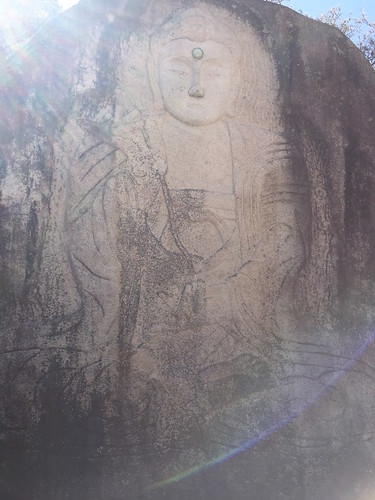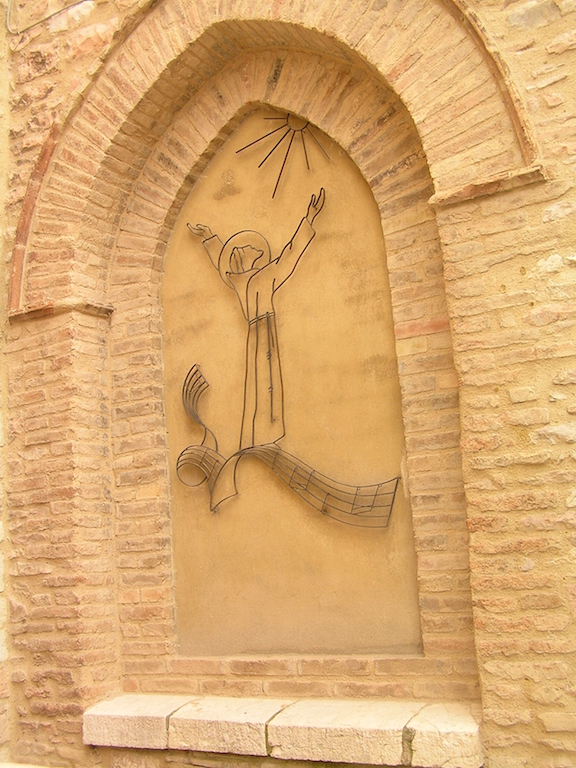
Don Farber’s Portraits of Buddhist Life
The black silhouette of a shaven-headed priest, hands clasped in prayer as he looks out toward Mount Fuji’s snowy summit; a line of orange-clad monks bearing

The black silhouette of a shaven-headed priest, hands clasped in prayer as he looks out toward Mount Fuji’s snowy summit; a line of orange-clad monks bearing

The Japanese Zen master Dōgen (1200–53) famously said, “To study the Buddha way is to study the self.”* A popular meditation manual known and used

“Whoever you are, no matter how lonely,the world offers itself to your imagination,calls to you like Wild Geese, harsh and exciting —over and over announcing

Whenever I teach Japanese Buddhism, whether in the Americas, Europe, or East Asia, I frequently run into the same assumption among students that Buddhists, for

From the top of a mountain we can see far and wide. We can see the land and the sky. Standing at the meeting point

In my previous article,* I introduced a method of reading Japanese Buddhist texts, especially writings by the Japanese Zen master Dōgen (1200–53).** Here, I would

A fuzzy-furred gibbon seated on a rugged boulder reaches an arm out over a rushing river and tries to scoop up the reflection of the

A mixed-media work on paper depicting a jet-black raven emerging from a bold black splash of ink poetically and powerfully exemplifies the work of Los

One of the most visited sites in Kyoto, by Japanese tourists as well as by foreigners, is the temple Ryoan-ji in the northwestern part of

South Korea’s temples exemplify everything that makes the Buddhist heart beat strong. They boast historical glamor, artistic and architectural splendor, and societal adaptability tempered by

At the towering height of 2.03 meters (roughly 6 feet 7 inches), it’s no surprise Phil Jackson’s life has revolved around the game of basketball.

Reading another’s journal is like peering through a window into a person’s world. I recently read The Intimate Merton (1999)—the collected journals of Thomas Merton, the American